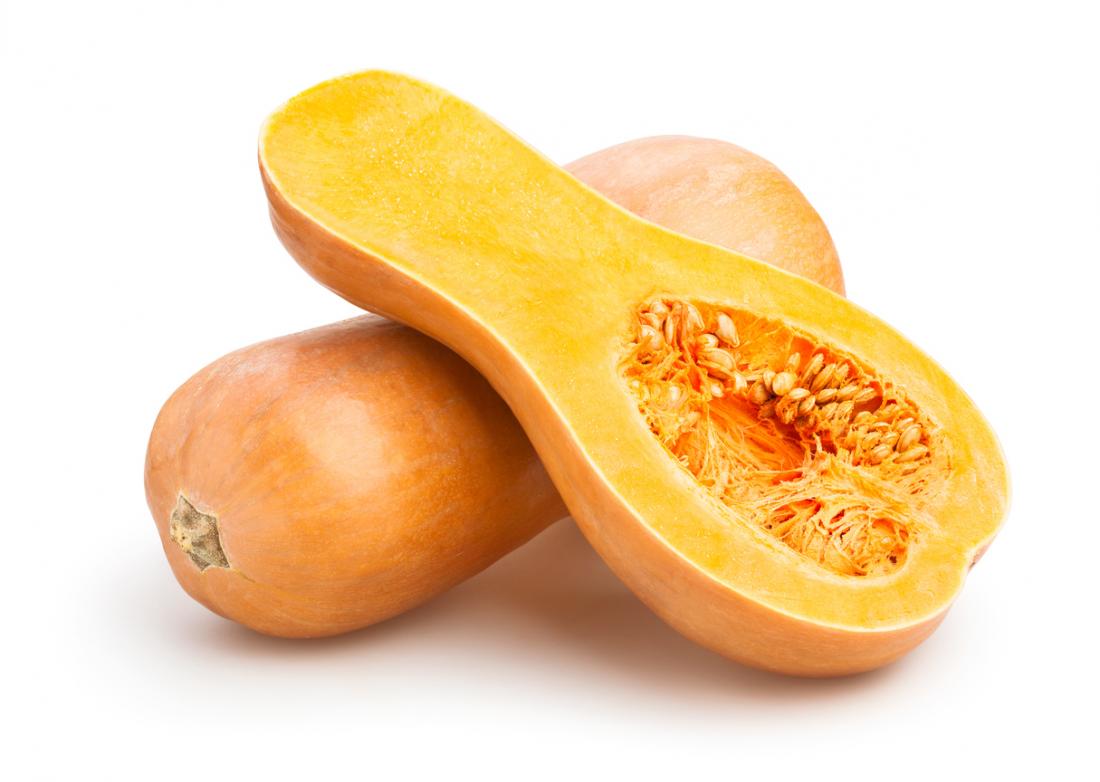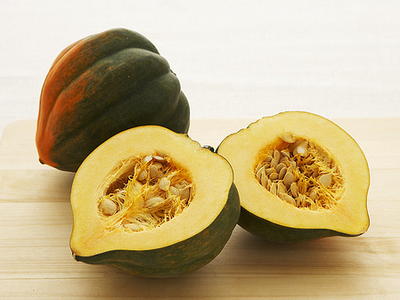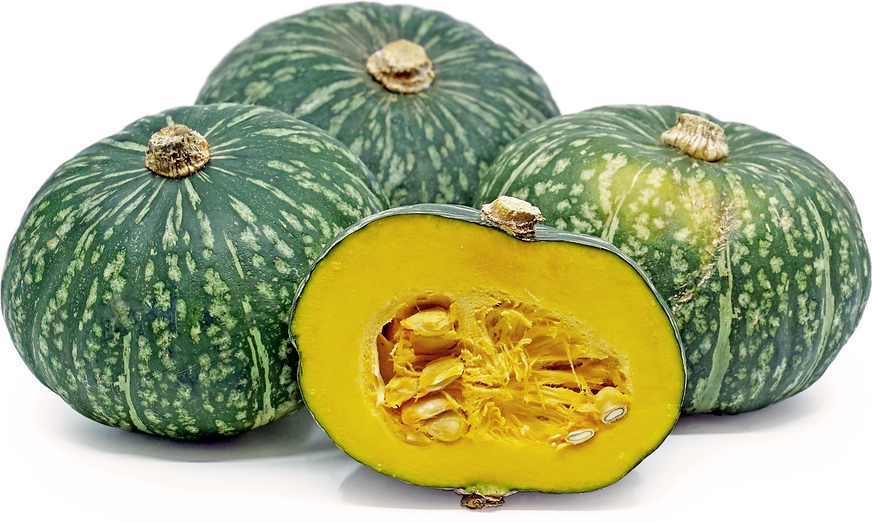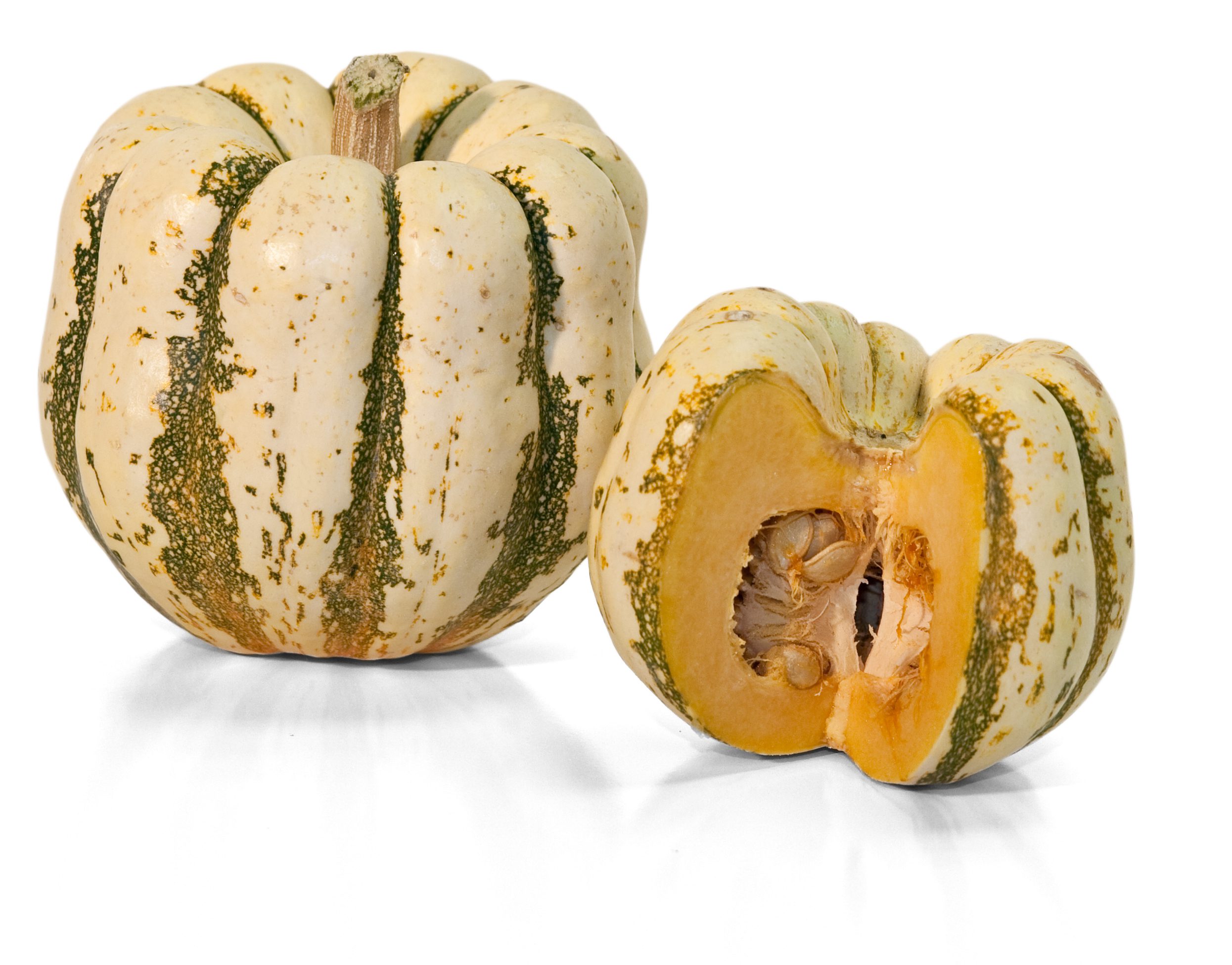Winter Squash and Simple Squash recipes
- In my opinion, winter squash is better than fruit and I LOVE fruit. I'd take a good acorn squash over watermelon anyday. There are some important things you need to know before you try it though.
 |
| Winter Squash and Simple Squash recipes |
- There are several different kinds of winter squash and many of them have a very unique taste. Butternut is probably the most popular squash and easiest to find. Acorn and spaghetti squash are also found in most food stores. Buttercup and kabocha squash are delicious as well but harder to find.
- They have a different sweetness than fruit. You might not like squash the 1st time you eat it or you just might not fully appreciate the taste. I didn't. But once you eat it a few times you'll love it, the key is to give it a chance. It really, really grows on you.
- One of the problems with winter squash though is that it can be very inconsistent. Usually it depends of the farm. If one squash isn't that great than the rest of the batch probably isn't much better. Once you find a good batch they are usually all good. That's when I stock up cause when they're in season they can last for several weeks & even months. Squash will also ripen, you'll want to make sure it's ripe before you eat it.
- Squash should be big, usually the bigger the better. It should be very dry, hard, difficult to cut and heavy for its size. The darker it is on the inside, the better. If the skin of the squash is dark(spaghetti & butternut) it usually means it's darker and riper on the inside.
- Cut squash in half(lengthwise), scoop out the seeds(like a pumpkin) and place the open side down on a baking pan. Do not add any water to the pan, that'll steam the squash instead of baking it. Some squash like spaghetti squash or hubbard squash can be very difficult to cut. I usually stick the knife straight into the middle so that it's sticking up, like planting a flag. Then I pull the knife down, towards me, while twisting it left and right. You can also use a small handsaw(no joke) or just prick some holes in it and bake it for 20 - 30 minutes. Then take it out, cut it, and continue baking.
- Bake it in your oven @ 400 degrees for at least 1 ½ hours and up to 2 hours. You want it to actually "bleed" and that only happens when you cook it for a while. The label and most recipes will say to cook it for a half an hour or so or even to microwave it. Trust me, you do not want to do this. You want to dry the squash out as much as possible, the less water it has the sweeter it is. It's like drinking 8 ounces of soda or 8 ounces of soda with 4 ounces of water. Yeah, you're drinking the same amount of soda, but the one without the water will be sweeter. Basically you want to take the squash out right before the bottom starts to burn. You want the squash to caramelize. The squash will be much more satisfying as well when it's not all watery, particularly when eaten cold.
- I just eat it with a little salt. And actually, I prefer squash cold, ice cold in fact. I cook it the night before I eat it and let it cool. Then I refrigerate it and when I'm ready to eat the squash I put it in the freezer for about 20 minutes, it's almost like ice cream(take it out right before it starts to freeze). A lot of people season acorn squash with cinnamon and have spaghetti squash with tomato sauce(I wouldn't do that with really good spaghetti squash).
Common types of squash:
 |
| Butternut squash |
- Butternut squash: Easily found in supermarkets. Beige colored and shaped like a vase. This is a more watery squash and tastes somewhat similar to sweet potatoes. If you're a "squash virgin" I suggest starting out with this one as it is the most consistent squash. This one leaks a lot of liquid while cooking and you might even want to drain the liquid(which can be quite delicious, you can just drink it) after an hour or so of cooking so that the squash doesn't get steamed and cooks quicker.
 |
| Acorn Squash |
- Acorn squash: Also easily found in supermarkets. May be my favorite squash although it can be very inconsistent. If the squash is shiny and a very dark green that means it's not quite ripe yet. Wait till it starts to get a little dull with some orange coloring on the skin. You'll know you have a good squash if you cut it open and it's a dark orange, light yellow means it won't be as sweet.
 |
| Spaghetti Squash |
- Spaghetti squash: Also easily found in supermarkets. These look like yellow footballs with stringy flesh. This squash really has a shell instead of skin. Usually not as sweet as the other squashes, but occasionally you may luck out and get some unbelievably sweet and delicious ones. Look for ones with a smooth, dark yellow shell. Best one I ever had was over 5 pounds.
 |
| Buttercup Squash |
- Buttercup squash: Rich flavor, tastes very much like peanut butter.
 |
| Kabocha Squash |
- Kabocha squash: Usually very, very dry and flaky but delicious. You'll get the most bang for your buck from this one because kabocha squash will hardly shrink at all after cooking and gives off very little liquid. 8 lbs of uncooked butternut squash, for example, will only yield a little more than 3 lbs of cooked squash. A dry squash like this one will freeze the best too. This one might be our favorite squash.
| Hubbard Squash |
- Hubbard squash: HUGE & a somewhat similar taste to Kabocha squash. Very, very good.
 |
| Sweet Dumpling Squash |
- Sweet Dumpling squash: Many refer to this as the best sweetest squash of them all. Although very good, I think I prefer some of the others a little more.

Comments
Post a Comment